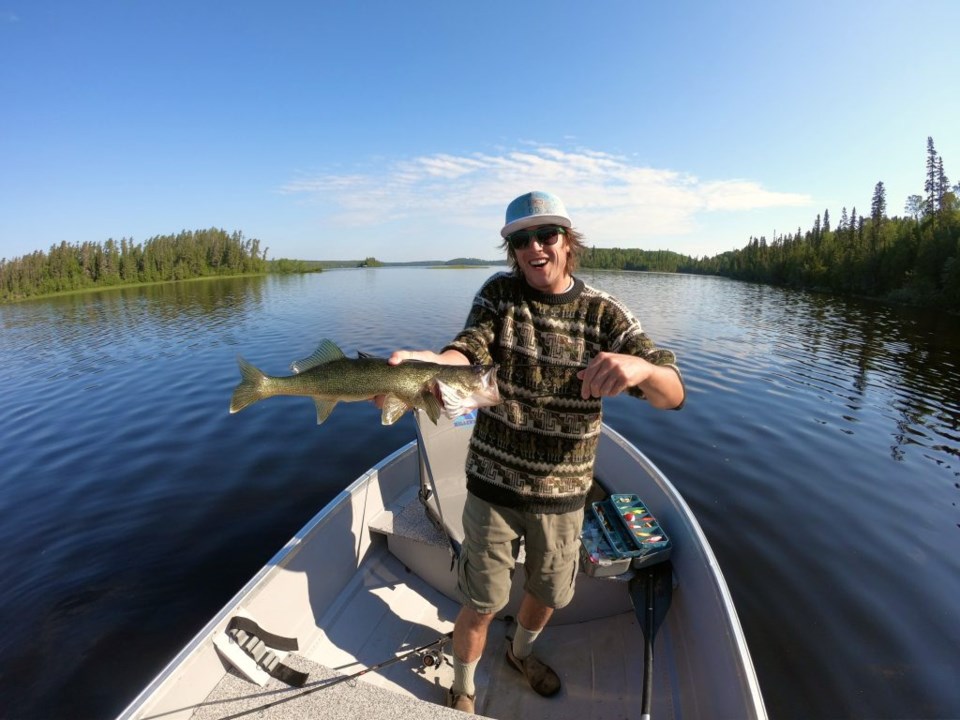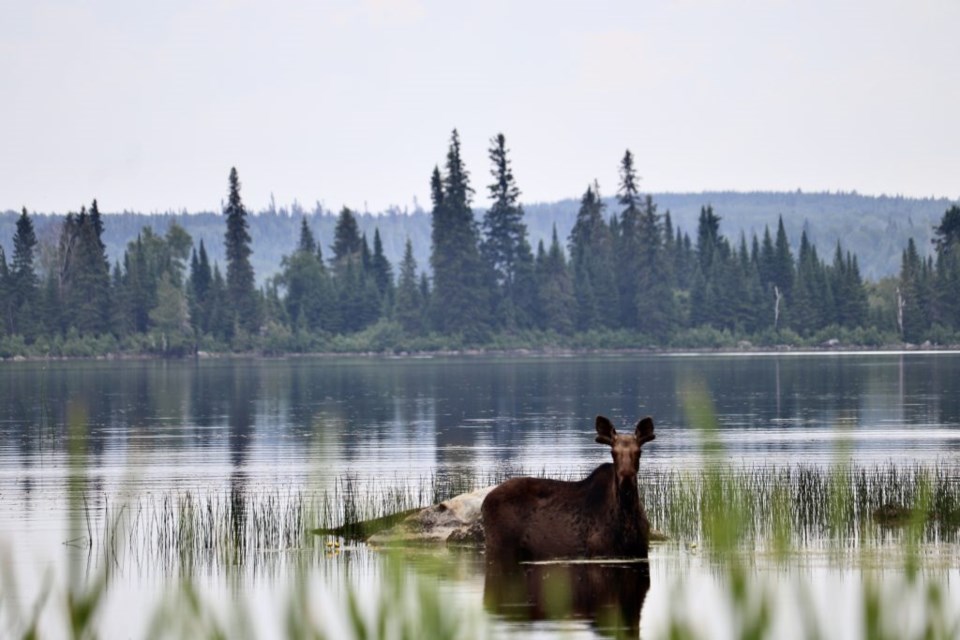
As you drive northbound in Ontario, something magical happens around the Port Severn neck of the woods. You cross into Canada’s largest geographical landform, the Canadian Shield. This region of exposed ancient bedrock, moulded by glaciation and erosion, allows pockets of water to collect in the form of lakes, rivers, marshes and bogs en masse.
Surely Muskoka and the surrounds are in the thick of this landscape. However, imagine finding a large lake up north without a single cottage on the shoreline — unless it’s your own. Furthermore, imagine that cottage is an outpost on a tiny island which requires a bush plane to get you there.
As you drive well beyond Muskoka and up to White River (just north of Lake Superior), you begin to sense a whole different degree of wildness. There are signs warning you of how it’ll be a long time before fuel is available again, moose crossing signs are regular, and the vegetation begins to morph into a different ecoregion.
I started to notice the loss of white pines and deciduous (leafy) trees. The hills turned to small mountains, and were dominated almost entirely by various species of spruce. The forest seemed thick, haunting, and impenetrable.
Suddenly, my dad, my friends and I are in a bush plane operated by White River Air. The plane has taken off from the lake surface, and is chugging over an abyss of Canadian Shield wilderness. Unnamed lakes and rivers slice and dice the landscape beneath our bewildered eyes. There was something really humbling about a bunch of grown men just press their face to the plane window in absolute, unadulterated awe at what lay below.
We land on our lake, where we’ll be staying for a week. The far north action doesn’t waste any time, kicking off strong.
The cell phone reception is gone, but the first fish was caught off the dock within a couple of minutes. Within a couple hours, my best friend and I are in a boat rounding the corner of a boggy river, only to come face to face with a female moose.
We idled the motor while we pulled our fishing lines in. I was standing on the back of the boat with wobbly legs and a heart full of enthusiasm as the animal waded through the water, just yards from us. She was beautiful, and gave us about 10 minutes of viewing time as she swam, trudged, and then galloped through the lakeshore area. I will never forget the sound of the splashing hooves, easily the loudest thing around for miles. She would end up being the first of five moose we saw all week.
The island camp is ideal for anglers looking to catch walleye and northern pike. Essentially, an average day looks like catching fish while exploring the massive lake and its islands, bays, and shorelines. However, no day up here can be declared average.
We estimated we caught about 100 fish each. The vast majority of these fish were returned to the water instantly, while a select few were cleaned and consumed. My dad gave me a solid refresher on how to clean walleye most efficiently. Every cut was made with intention and gratitude for the fish, and the transfer of energy in our ecosystem.
I enjoyed the taste of the fish as much as I enjoyed watching my friends catch them with unfiltered excitement. Some of the guys have never been on a fishing trip before, let alone owned fishing gear. Nor have they been so far north that they’re off the grid. I’ve always been a huge advocate for the concept that the outdoors can bring people closer together as a sort of camaraderie vector, and that’s exactly what happened on this tiny island in a big lake.
The moment the boat leaves the dock each morning, there is a sense that you’ve rented out a massive, private nature theme park to yourself. Each bay is a different ride. Every island is an attraction, and every river is a pathway to a new area of the park. Odds are that you won’t be able to do it all before the week is up.
The ambience is consistent with fresh air, leaving behind the humidity, light, and air pollution of southern Ontario. The wall of forest surrounding the lake was spooky and forbidding to look at, as giant spruce trees shielded the view of a forest interior rich with mosquitoes, moss, and trembling aspen. It makes you wonder how moose and black bears navigate such an impressive density of lumber.
While floating along the endless shoreline in search of fish and good laughs, we were treated with epic sunrises, a couple of thunderstorms, a heat wave, and a night where the entire lake glowed pink with a one-of-a-kind sunset. One can’t help but feel wild, healthy, and subdued all at once in these times.
Other than a fishing lure hooking someone else’s ear, I am grateful that all the guys and I made it safely back to civilization. This trip was a classic package of all my favourite things about the outdoors: conservation, community, and camaraderie. The many bald eagles we watched spent their time watching us, and I’d like to think they saw some humans having way too much fun.
This is what Ontario offers. This is what nature does for the mind and soul. We are so fortunate to live where we do, in a land of natural wealth and all that it does for us. More importantly, though, the land doesn’t owe us anything. When you’re that far north, you appreciate that it simply exists unto itself, and you get taken along for a ride that you will never forget.
